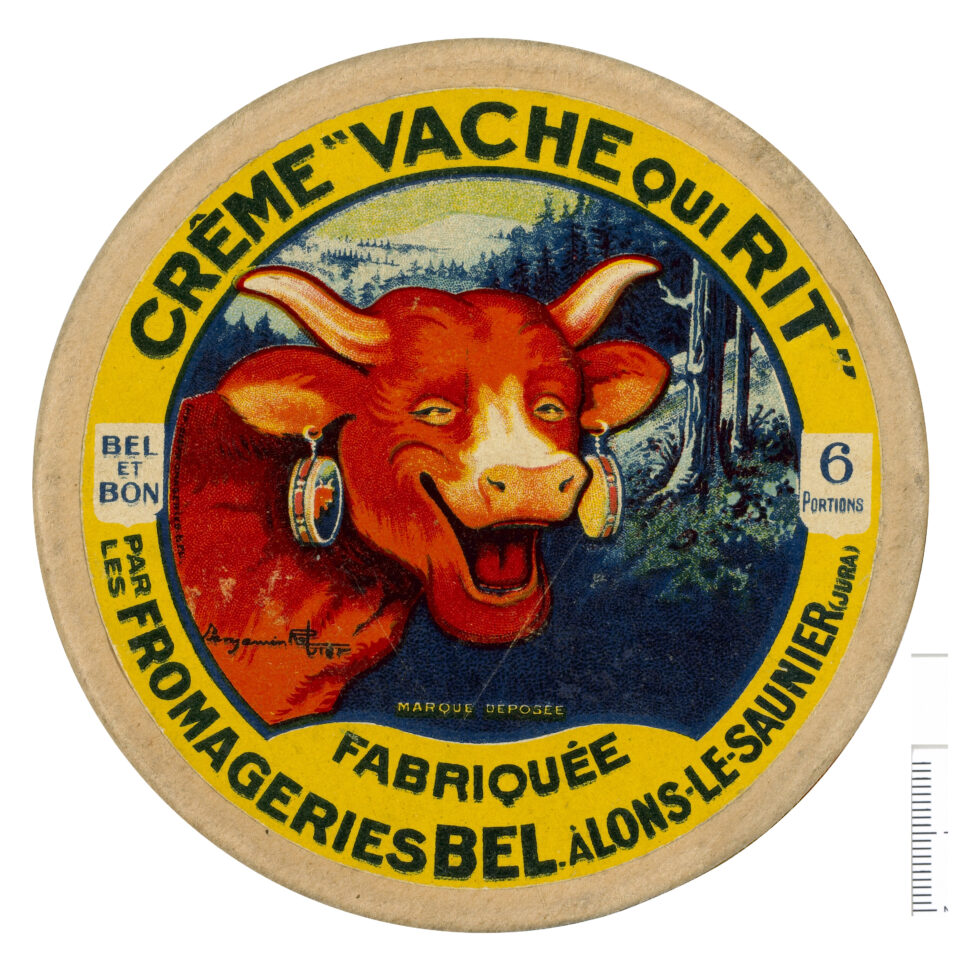~The Mini Baby Bell
This object’s materiality allows for many different avenues of exploration
I was really interested in working with an object that would be extremely malleable while still being a mass-produced product. The juxtaposition of having an object which is meant to be replicated and duplicated while still being so pliable and potential for change intrigues me a lot. This led my search into a supermarket, where I found a 6 pack of Mini Baby Bells. Mini Baby Bells are potentially a great choice to fit my criteria for a found object as the wax coating has many opportunities. Moreover, the idea of needing to start a collection of them in order to create a substantial resolved work also corresponds well with the concept of a mass-produced product. Here is a link to the process of how Mini Babybels get made
The humble mini Babybel, first conceived in 1976, is a snack consisting of Dutch Edan cheese that is mainly made and manufactured in France. Made and invented by the Bel Company, it usually comes in a pack of six, contained in a white net bag where each piece is coated in red wax. This coating allows for the snack to be ready-to-eat anywhere. The wax will also be the main material used throughout the exploration of this project.

https://www.lamaisondelavachequirit.com/en/discover/the-laughing-cow-and-his-collection/story-of-the-laughing-cow/
Researching the product and company made me realise just how absurd the imagery of the brand and object is. There is something inertly nonsensical about the image of a laughing red cow that I would like to involve with my final piece. I think it would be interesting to explore the city in relation to food and how we change, produce and consume it. Especially if Mini Babybels are used.
(https://www.lamaisondelavachequirit.com/en/discover/the-laughing-cow-and-his-collection/story-of-the-laughing-cow/ )



Leave a Reply